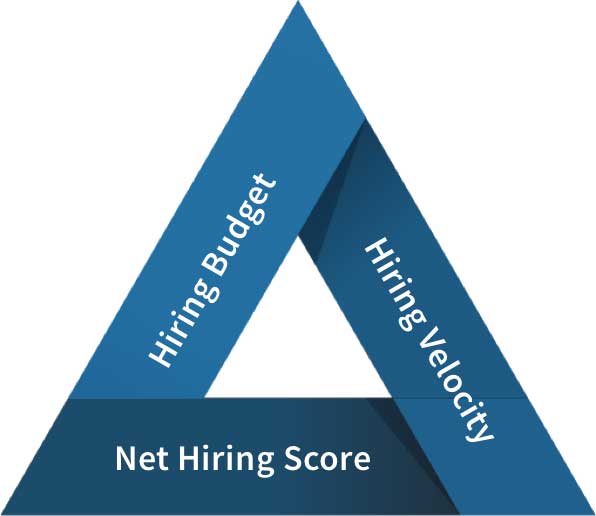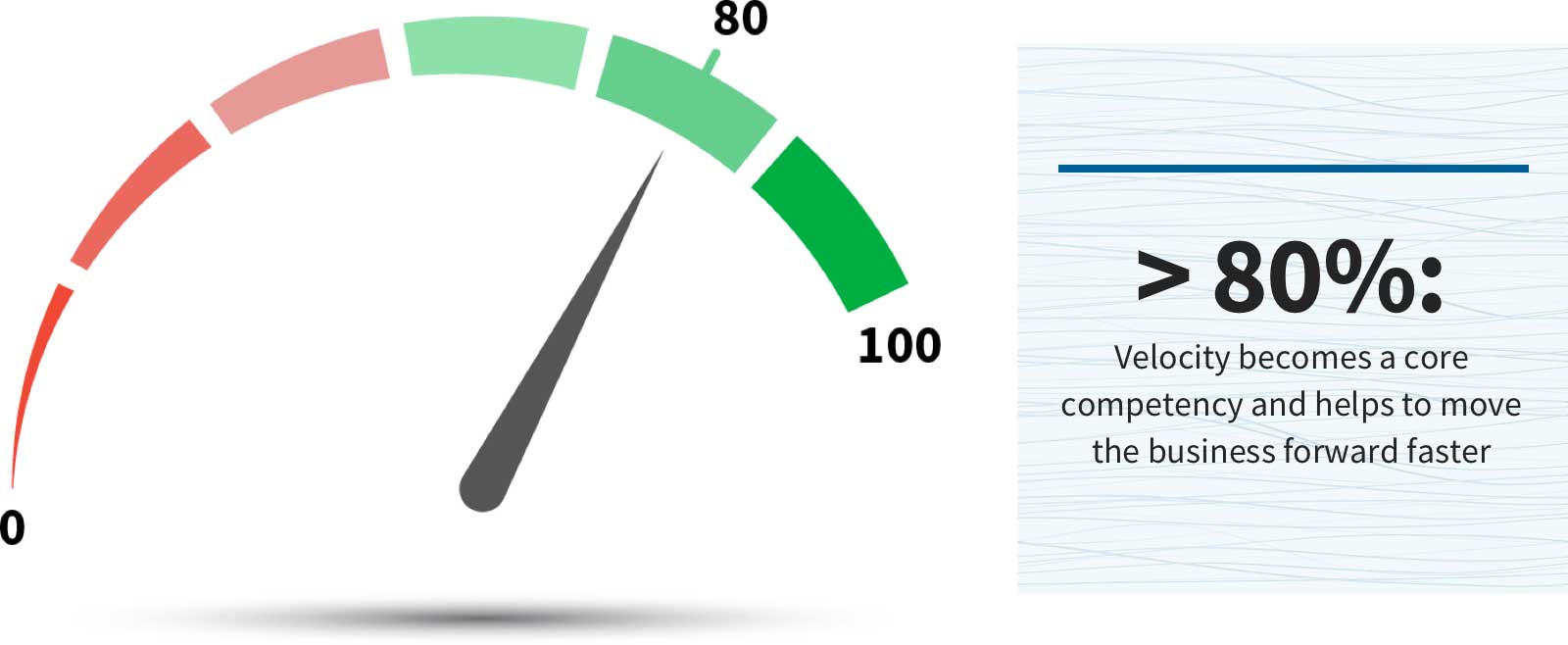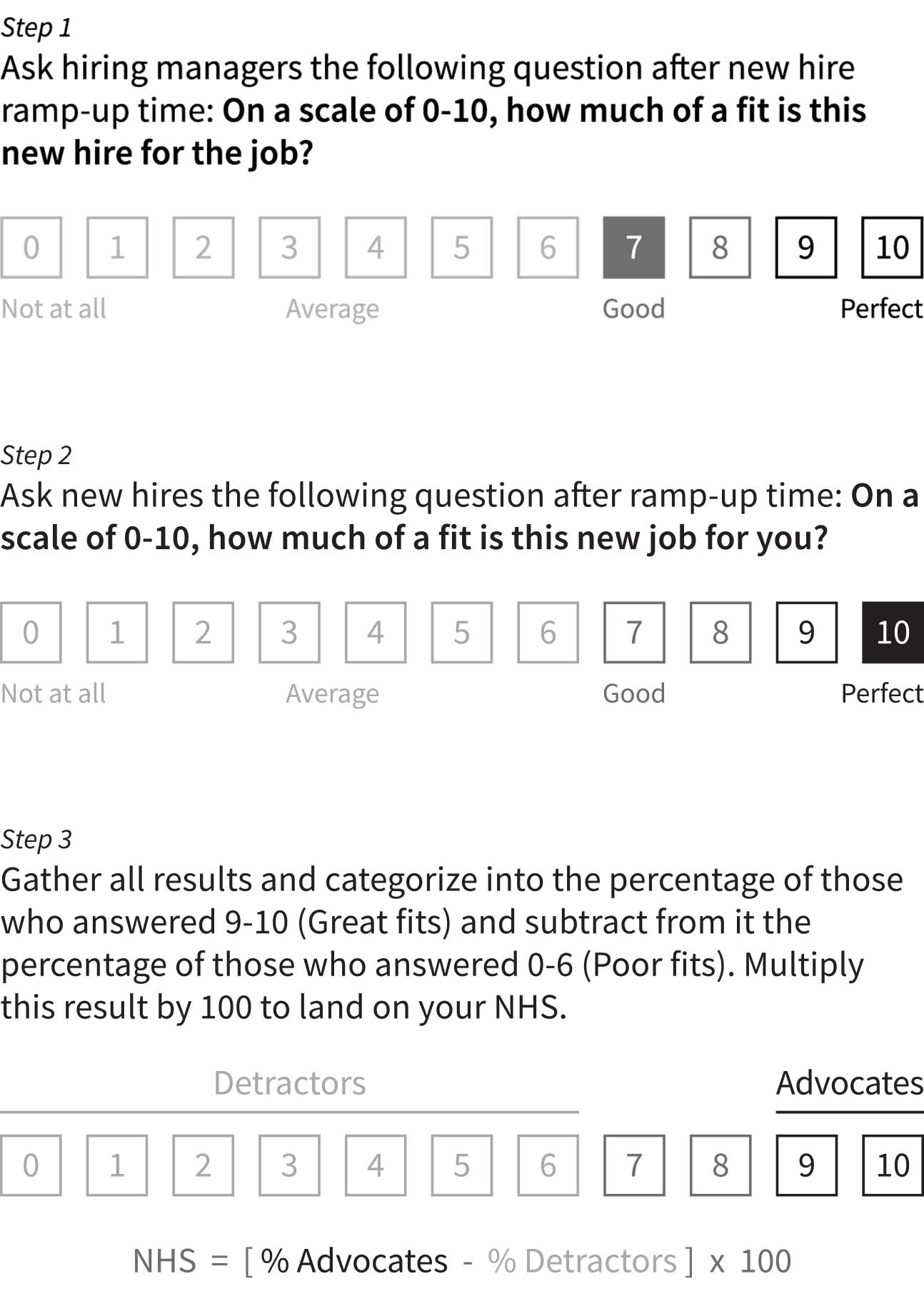Continue Reading
Measuring Hiring Success

CEOs and their executive teams inherently understand the importance of great hiring, but they struggle to quantify the specific financial return of incremental spend on recruiting. Fortunately, the metrics & math related to out-hiring the competition are simple to explain and understand. They lie along that familiar frame of cost (Hiring Budget), speed (Hiring Velocity) and quality (Net Hiring Score) to capture the impact of each on the hiring process.
Hiring Budget
An organization’s Hiring Budget includes all recruiting costs such as all Talent Acquisition (TA) employees, program spend, outsider recruiters, travel cost of candidate and technology infrastructure, but does not include time spent by interviewers and the hiring team as they engage in the process.
While most organizations measure the cost of recruiting, forward-looking organizations consider their Hiring Budget an investment just like a marketing budget to attract and grow ideal candidates and express the budget relative to the salary of people hired. Therefore, the Hiring Budget is a percentage of the total salary of new employees or New Hire Payroll (NHP).

Leading organizations invest, on average and depending on industry, between 5 and 15% in their Hiring Budget. This can be a good measure to understand their investment versus an organization’s peers in hiring top talent.
Hiring Velocity
Hiring Velocity measures one simple thing: the percentage of jobs filled on time. Why is this important? Well, it answers one simple question: Are we able to hire the people we need when we need them? It’s critical for CEOs and their executive teams to know that their decisions and plans can be implemented because they have a TA organization that can mobilize quickly and deliver results. If they can’t, taking too long to hire the right candidates hinders the organization’s ability to grow and meet goals.
Hiring Velocity is highly correlated to Business Velocity. Consider the diagram below. Even a Hiring Velocity of 50% means you’re only able to fill half of your jobs on time. This means you don’t have as many people in the organization to help fulfill strategy and meet targets.

At 80% or greater, velocity becomes a core competency and helps to move the business forward faster. Obviously hiring on time can have a significant impact on the business. However, it is actually less important than the metric most organizations rarely track – which is the quality of the people brought on board. Quality is always more important than timeliness in hiring. No organizations exist that congratulate themselves for hiring all their low quality employees on time.
Net Hiring Score
There is no better determinant of a company’s overall hiring success than quality because it speaks to the relative productivity / output of each hire made. This measurement is a company’s Net Hiring Score or NHS. Similar to NPS, which speaks to how loyal and expressive an organization’s customers are, the NHS, which ranges from -100 to 100, tells you what percentage of your employees are great fits (i.e. high quality) for your organization. To calculate NHS, there are three simple steps:

This number, which will range from -100 to +100, is the net hiring score and speaks to the quality of the people the organization is hiring.
